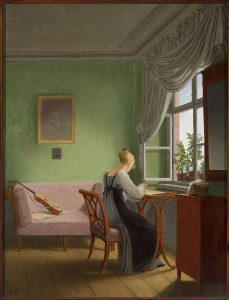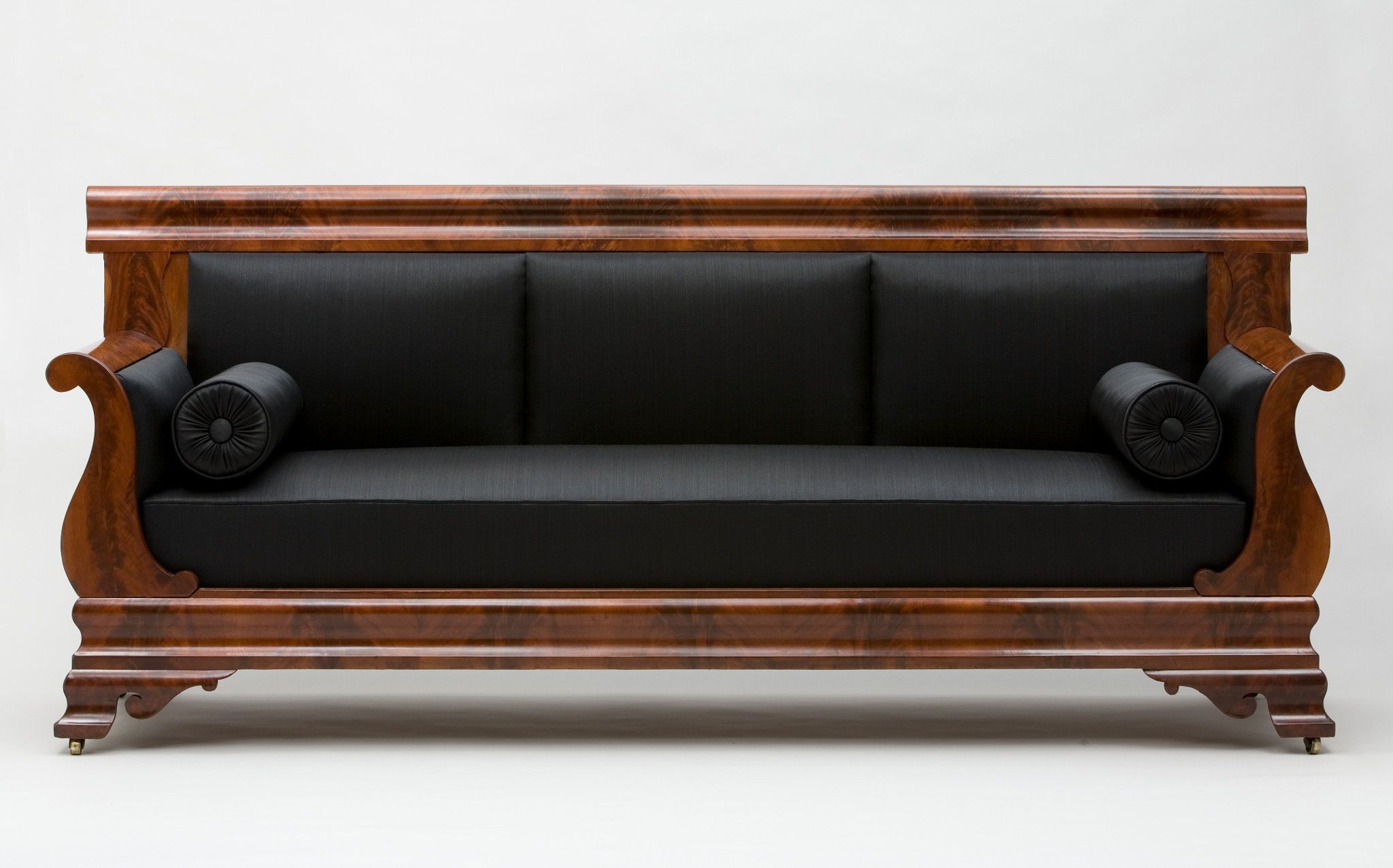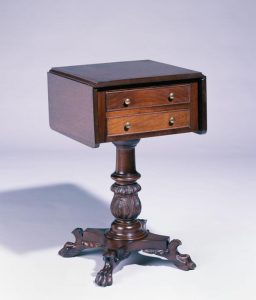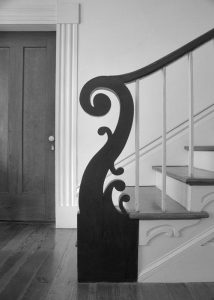2.6 Nineteenth Century Furniture
Read:
pp: 25-28 Ferebee, Ann. A history of design from the Victorian era to the present; a survey of the modern style in architecture, interior design, industrial design, graphic design, and photography. Van Nostrand Reinhold, 1970. Internet Archive, www.archive.org/details/historyofdesignf0000fere_b7b5/mode/2up
(You will need to sign up for an account to borrow the text.)
GERMANY – Biedermeier

The German Biedermeier style of design was based upon functional durability, The Biedermeier furniture incorporates neoclassical styles with the French Empire style, and it was also a take on German peasant furniture of the 18th century, meaning furniture used by the rural population. At first, the name was initially used as a joke, a tongue-in-cheek style of phrasing directed towards the urban middle class and their ideas of supremacy over the rural working classes. However, Biedermeier furniture was extremely elegant, with restrained decoration, and the formal elements demonstrating clean lines, craftsmanship, and medieval characteristics. Lighter woods were typically used, and these typically included black painted details. The curves were contained, and not overly dramatic.
Read: pp. 17-24 & 62-80 in Wilkie, Angus, and John M. Hall. Biedermeier. New York: Abbeville Press, 2006. https://archive.org/details/biedermeier0000wilk/mode/2up
United States



In the United States, an African American designer by the name of Thomas Day was born in a free-community in South Virginia. He set up his furniture business in North Carolina in 1817, and created objects and interior designs borrowing from European movements such as the gothic, and renaissance, and he also created a style that was very much his own.
The American Restoration style, is similar to the German Biedermeier in that it incorporates classical Greek forms within a neoclassical style, but also makes the overall look very elegant, and simplistic. With just a few finishing touches that are subtle, but exceptional. It is described on the Detroit Institute of the Arts website as having “severe classical lines, “s”-scroll arms, and absence of applied ornamentation, the sofa exemplifies the restrained elegance”[1]
Please Read
Introduction in Marshall, Patricia Phillips, and Jo Ramsay Leimenstoll. Thomas Day : Master Craftsman and Free Man of Color. The University of North Carolina Press, 2010. EBOOK ISBN: 978-0-8078-9571-9 – available as an ebook
Fanshawe Students follow: https://ebookcentral-proquest-com.ezpxy.fanshawec.ca/lib/fanshawe-ebooks/detail.action?docID=565695
For more reference to the American Restoration Style and colonial design visit: https://americanart.si.edu/exhibitions/day
Pulos, A. J., & Pulos, A. J. (2021). The Arts of Affluence. In American Design Ethic. https://mitp-arch.mitpress.mit.edu/pub/zrqju6vt/release/1?readingCollection=257b6c0b
The most famous couch: Choose one article to read
Kravis, Nathan. “Analysing the Couch: The Significance of the Recumbent Posture in Psychoanalysis.” Architectural Review, 24 Sept. 2020, https://www.architectural-review.com/essays/analysing-the-couch-the-significance-of-the-recumbent-posture-in-psychoanalysis.
Warner, M. (2011). Freud’s couch: A case history. Raritan, 31(2), 146-163,165. Retrieved from http://ezpxy.fanshawec.ca:80/login?url=https://www.proquest.com/scholarly-journals/freuds-couch-case-history/docview/915260892/se-2
- https://www.dia.org/art/collection/object/sofa-96413 ↵

